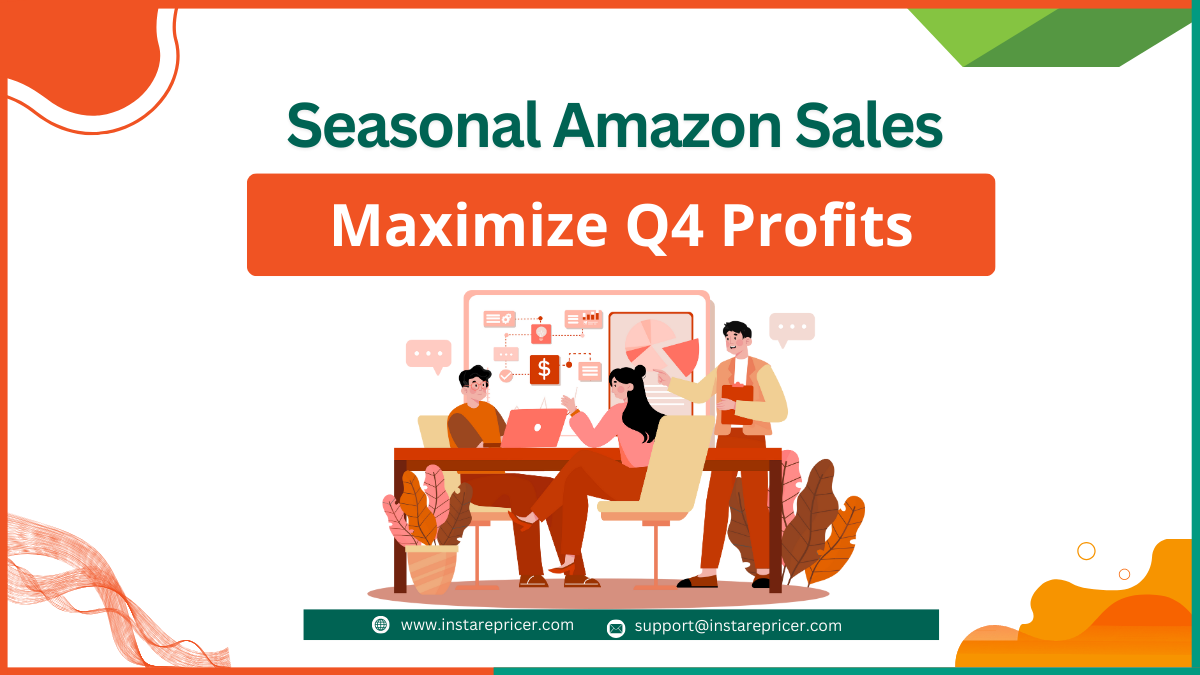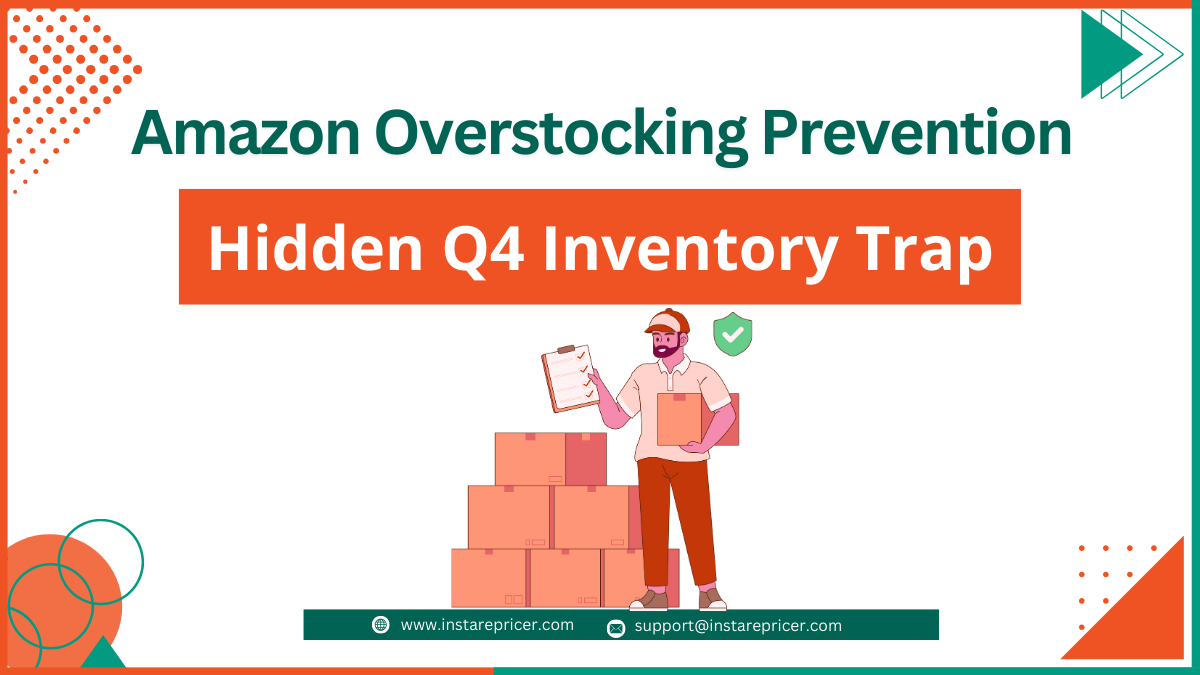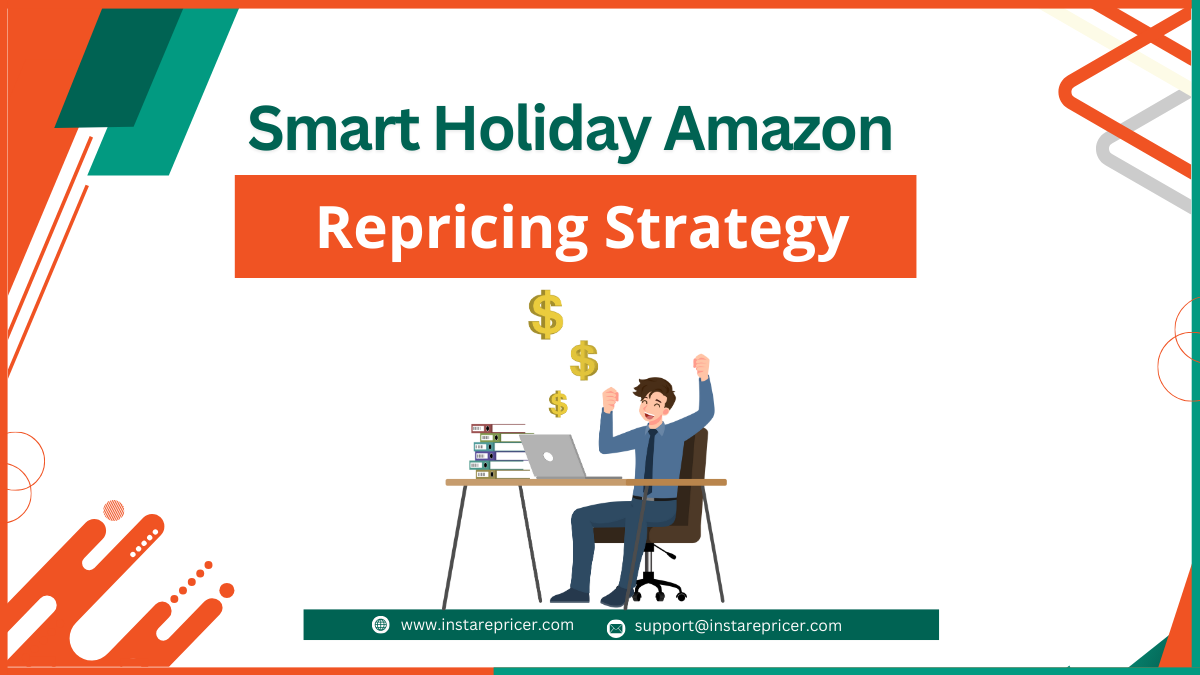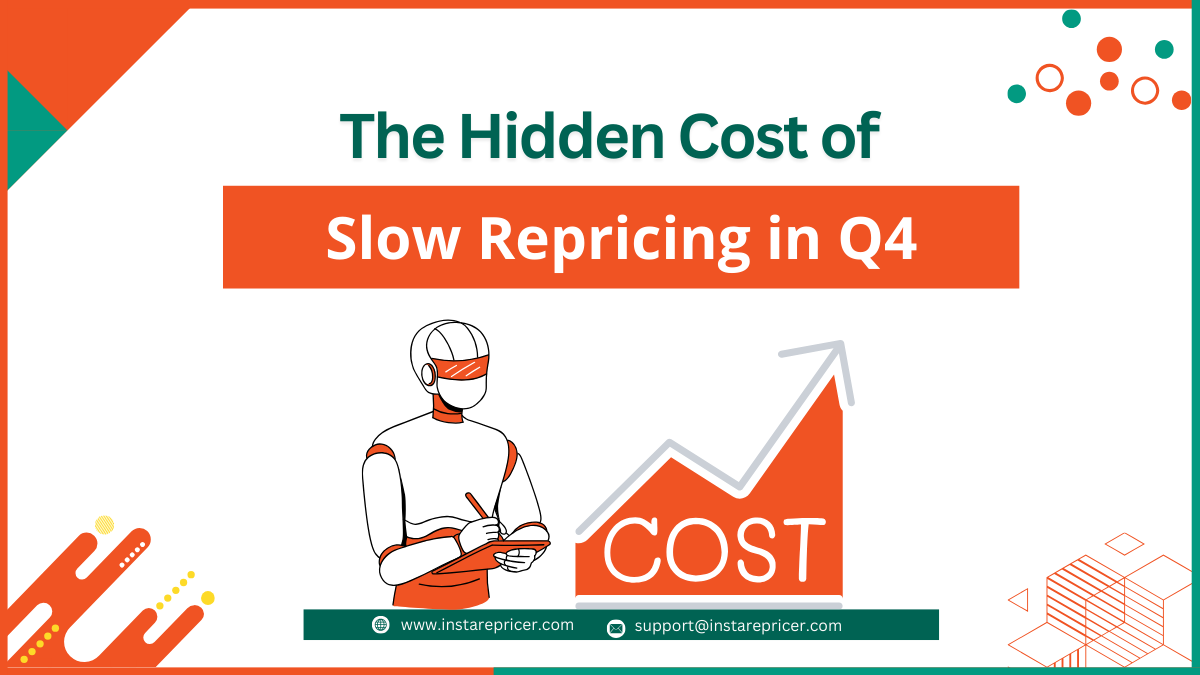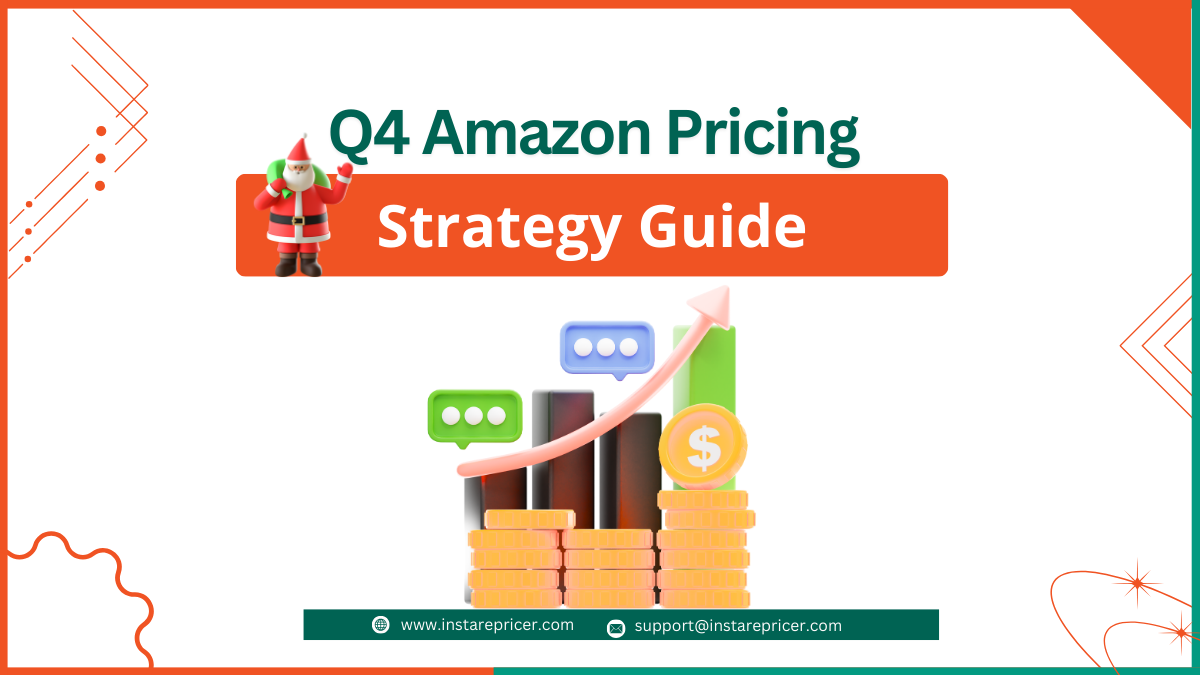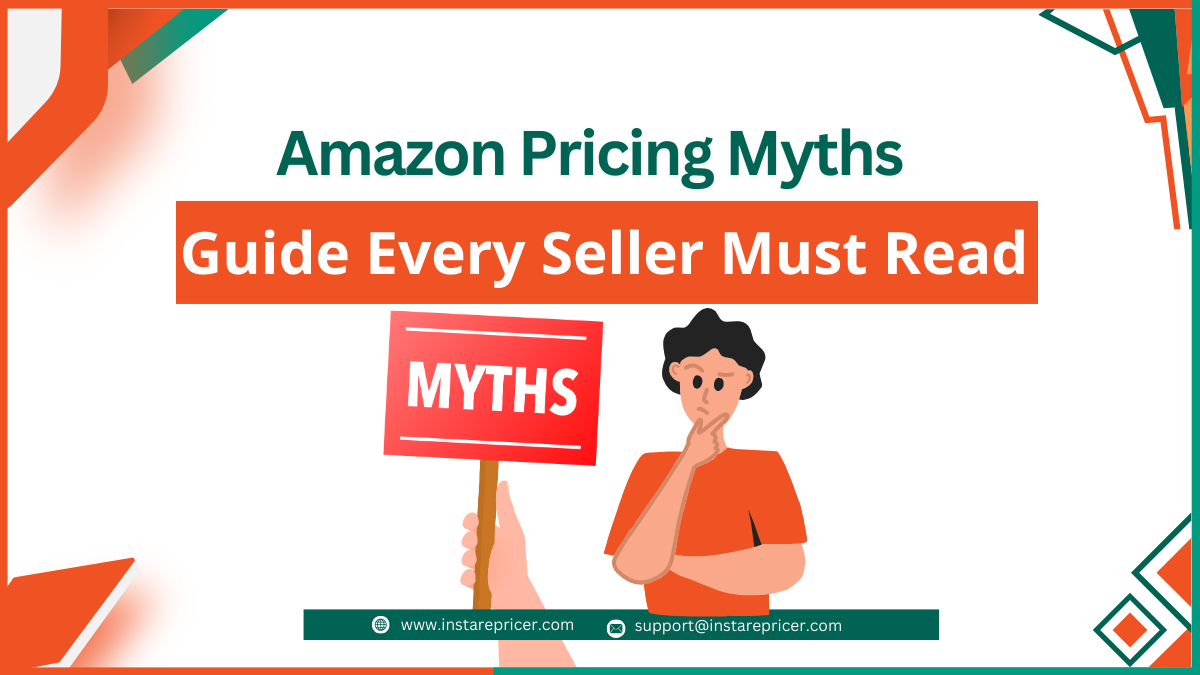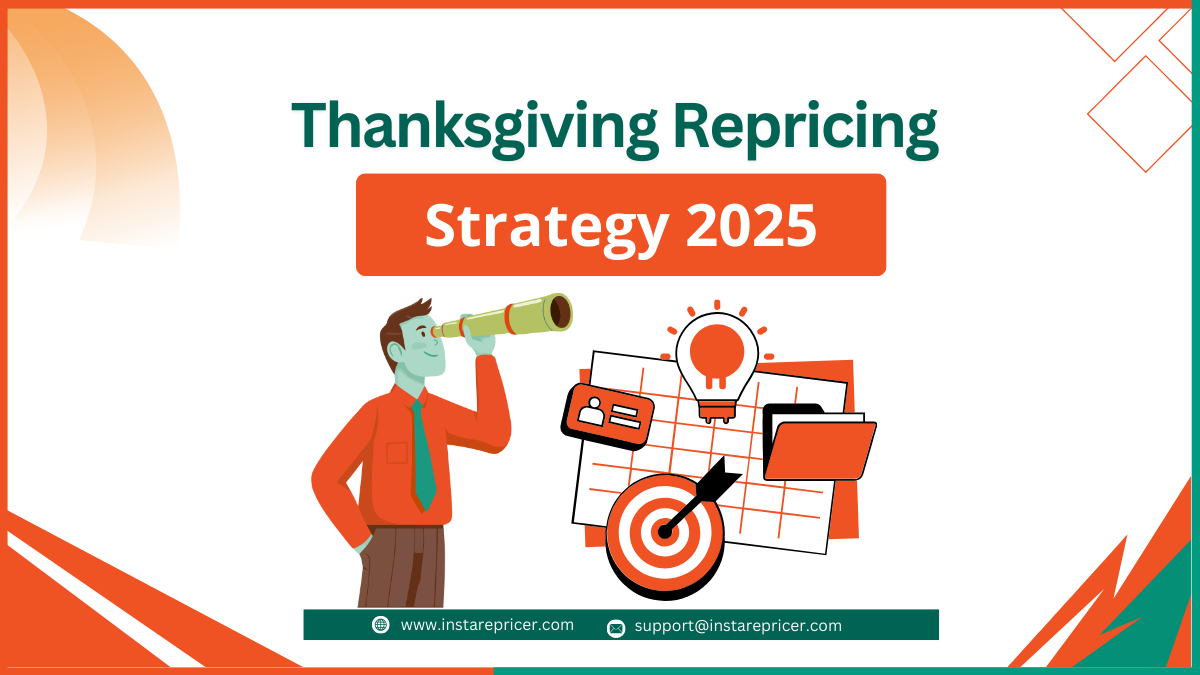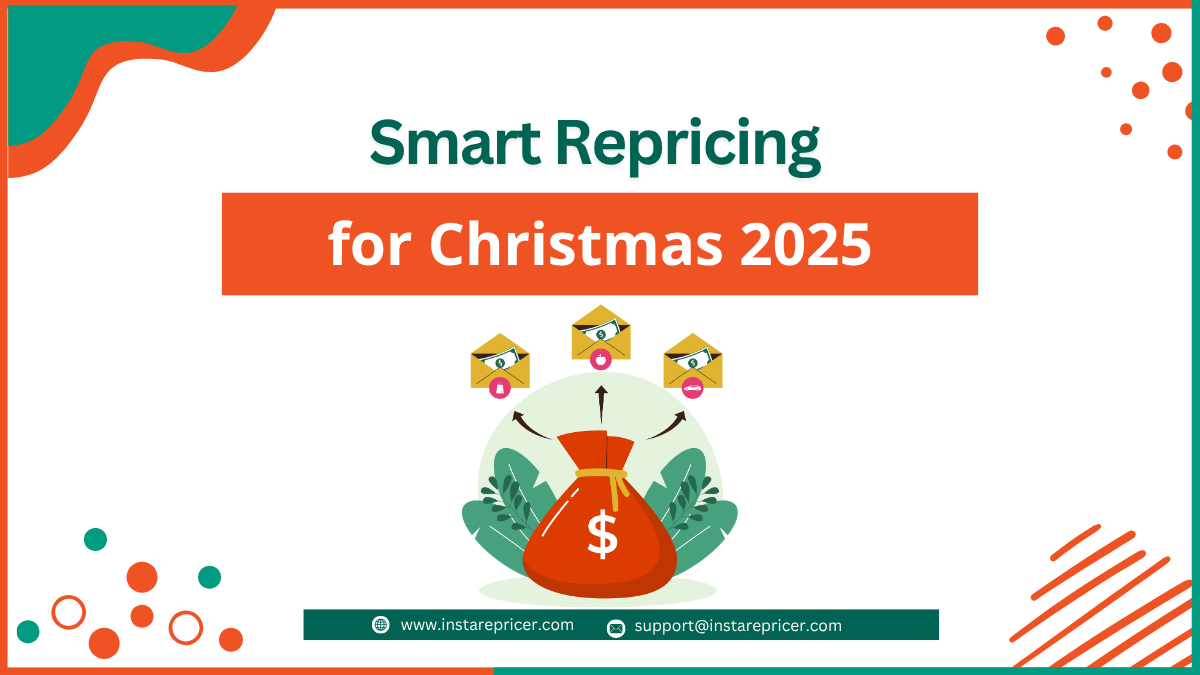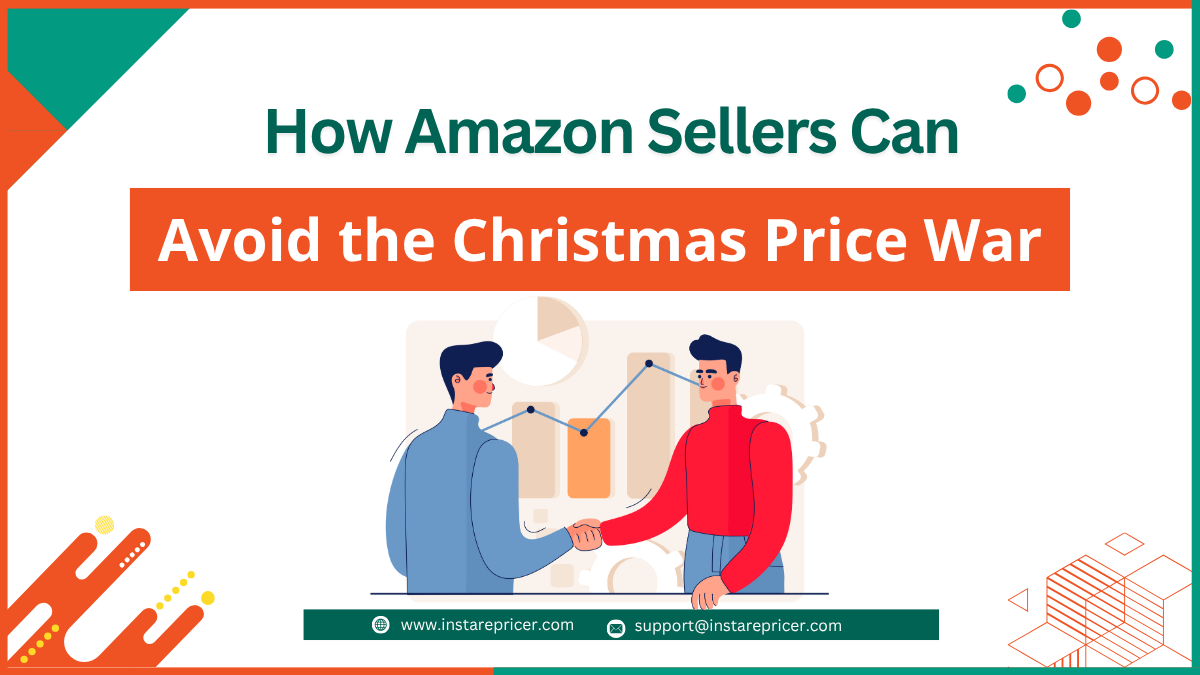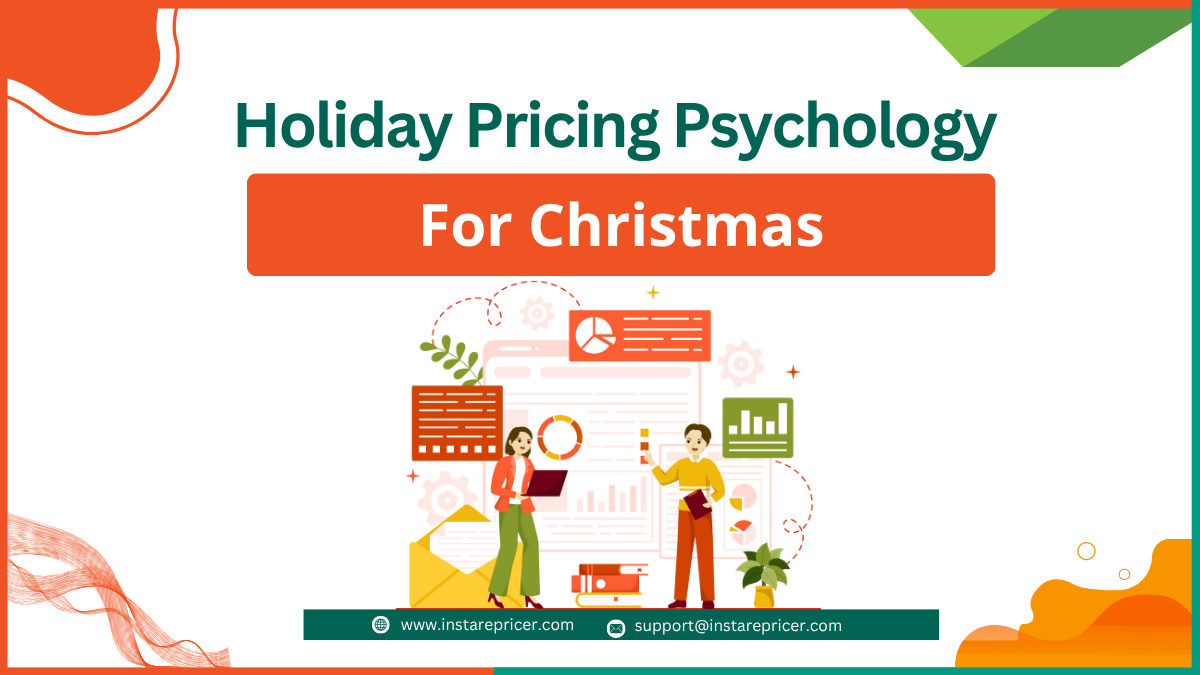Introduction: Dynamic Pricing for Amazon Sellers
For most Amazon sellers, Q4 (October–December) is the busiest and most profitable time of the year. According to market data, many sellers generate 30–40% of annual revenue during Q4, thanks to events like:
- Black Friday & Cyber Monday – explosive deal-driven sales.
- Christmas – gift-oriented shopping at premium pricing.
- Post-Christmas (January) – clearance sales to reduce overstock.
But with opportunity comes challenges. Competitors slash prices, PPC ad costs spike, and sellers often struggle to balance sales velocity with profitability.
This is where dynamic pricing for Amazon sellers becomes a game-changer.
What is Dynamic Pricing for Amazon Sellers?
Dynamic pricing means adjusting product prices in real time based on factors like:
- Competitor pricing
- Inventory levels
- Demand spikes during seasonal events
- Profit margin targets
Instead of relying on static pricing (set once and forgotten), sellers who use dynamic pricing strategies stay competitive, win the Buy Box more often, and maximize profits even during peak Q4 traffic.
Static Pricing vs. Dynamic Pricing for Amazon Sellers in Q4
| Pricing Approach | Black Friday Impact | Christmas Impact | Profit Outcome |
|---|---|---|---|
| Static Pricing | Often too high or too low, loses Buy Box | Misses premium pricing opportunities | Lower profits, higher risks |
| Dynamic Pricing | Adjusts in real time, stays competitive | Raises prices for premium gifting | Maximizes profits & reduces risk |
Clearly, dynamic pricing for Amazon sellers isn’t optional in Q4, it’s survival.
Key Dynamic Pricing Strategies for Q4 Success
1. Black Friday – Compete Without Killing Margins
Shoppers expect discounts, but sellers who only slash prices race to the bottom.
- Use price anchoring (show original price crossed out).
- Set a minimum profit boundary in your repricer.
2. Cyber Monday – Charm Pricing Works Best
Cyber Monday shoppers compare fast.
- Use .99 pricing (e.g., $49.99 vs $50).
- Automate quick adjustments to match competitors within limits.
3. Christmas – Premium Pricing for Gifts
Gift buyers prioritize reliability and quality over the lowest price.
- Use rounded pricing ($200 vs. $199.99) to signal premium value.
- Increase prices slightly if inventory is low but demand is high.
4. January Clearance – Smart Stock Liquidation
Avoid heavy losses by clearing leftover stock strategically.
- Bundle items together (e.g., 2-for-1).
- Use dynamic pricing rules that gradually lower prices until stock is gone.
Profit Comparison – Static vs Dynamic Pricing in Q4
Here’s how dynamic pricing for Amazon sellers outperforms static pricing during Q4 events:
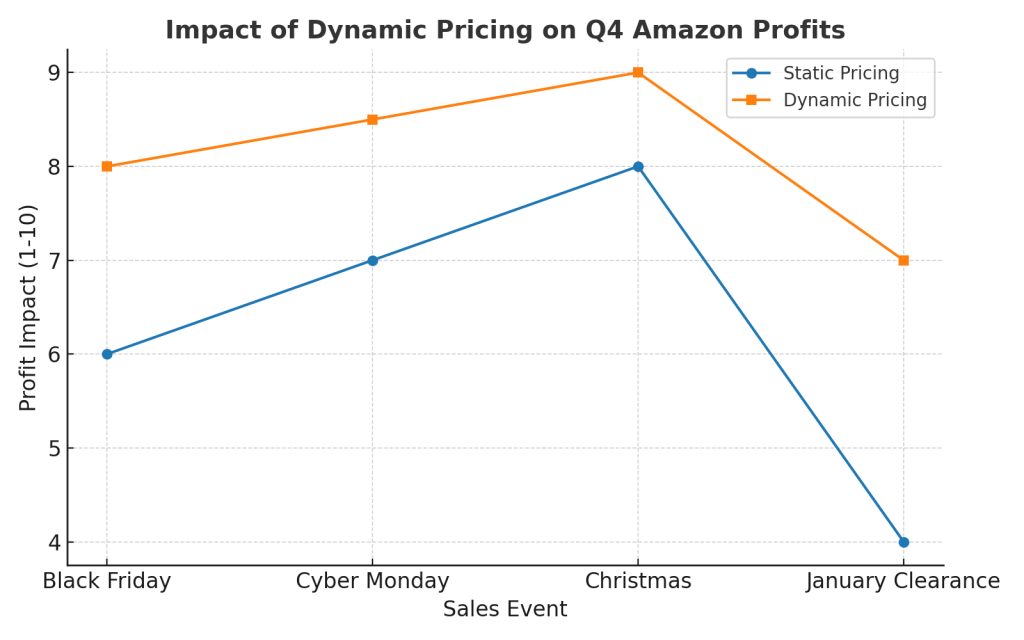
Case Study Example: How Dynamic Pricing Increased Q4 Profits
A mid-size electronics seller used InstaRepricer to apply dynamic pricing rules across Q4:
| Event | Strategy | Outcome |
|---|---|---|
| Black Friday | Set min-profit margins + price anchoring | 25% more Buy Box wins |
| Cyber Monday | Applied charm pricing automation | 18% higher conversion rate |
| Christmas | Premium pricing for gift SKUs | 22% increase in ASP (Average Selling Price) |
| January | Inventory-aware repricing + bundles | Cleared 90% of leftover stock |
The seller’s overall Q4 profits grew by 32% compared to the previous year.
How InstaRepricer Helps with Seasonal Dynamic Pricing
Manually updating prices across hundreds or thousands of SKUs is nearly impossible. InstaRepricer automates it with:
- Event-Based Rules – Different pricing strategies for Black Friday vs Christmas.
- Inventory-Aware Adjustments – Raise prices when stock is low, drop when surplus.
- Profit Protection – Define min/max boundaries to avoid margin losses.
- Buy Box Intelligence – Optimize prices to win the Buy Box without over-discounting.
FAQ: Dynamic Pricing for Amazon Sellers in Q4
Q1. Is dynamic pricing only for large sellers?
No. Even small sellers benefit, as Q4 competition is fierce across all categories.
Q2. Will dynamic pricing hurt my profit margins?
Not if done right. Tools like InstaRepricer ensure you never sell below your set profit boundaries.
Q3. How often should prices update during Q4?
Ideally, in real time. Manual updates are too slow for Black Friday and Cyber Monday rushes.
Q4. Can dynamic pricing help with Amazon PPC campaigns?
Yes. Aligning ads with smart repricing increases visibility and ROI.
Final Takeaway
Q4 is the biggest opportunity of the year, but also the most competitive. Sellers who rely on static pricing risk losing the Buy Box, missing sales, and eating into profits.
By using dynamic pricing for Amazon sellers, you can:
- Stay competitive without over-discounting.
- Capture premium holiday buyers.
- Clear inventory efficiently in January.
- Maximize profits across the entire Q4 cycle.
And with InstaRepricer, automation ensures your pricing strategy is always ahead of competitors — without guesswork.

